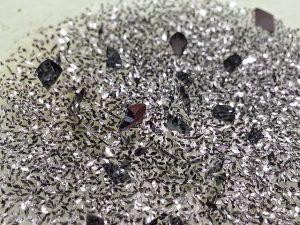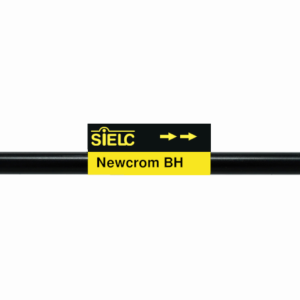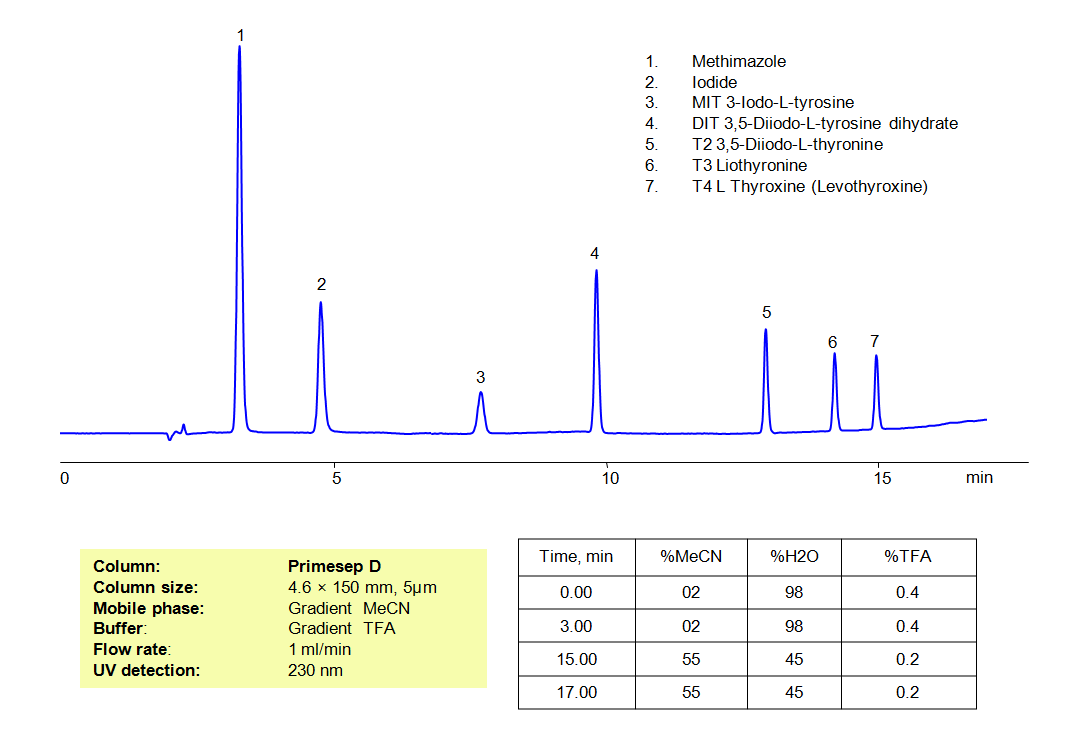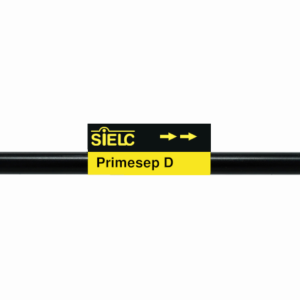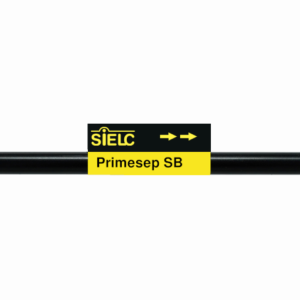| CAS Number | 7553-56-2 |
|---|---|
| Molecular Formula | I2 |
| Molecular Weight | 253.809 |
| InChI Key | PNDPGZBMCMUPRI-UHFFFAOYSA-N |
| LogP | 1.86 |
| Synonyms |
|
Applications:
HPLC Separation of Inorganic Anions on Newcrom BH Column
October 23, 2019
HPLC Method for Sodium, Phosphate, Chloride, Bromide, Nitrate, Sulfate, Iodine, Perchlorate, Iodide on Newcrom BH by SIELC Technologies
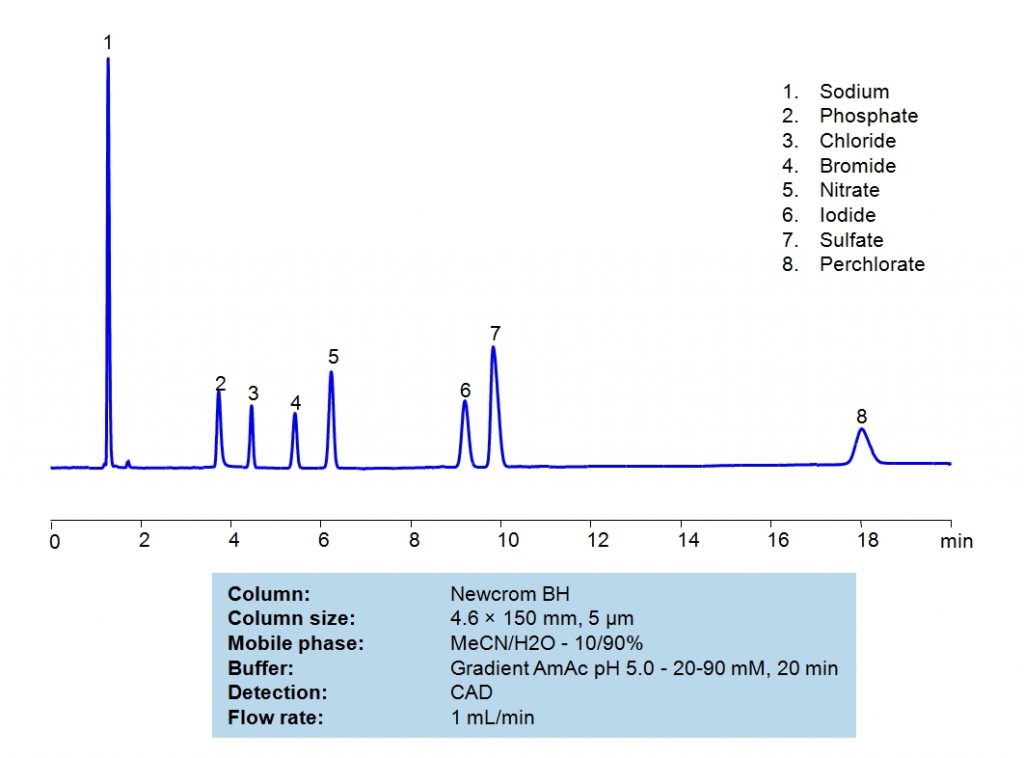
High Performance Liquid Chromatography (HPLC) Method for Analysis of Sodium, Phosphate, Chloride, Bromide, Nitrate, Sulfate, Iodine, Perchlorate, Iodide
Sodium, which has a chemical symbol of Na, is a soft alkali metal that is highly reactive. It is found in abundance in everyday materials like table salt, sea water, and even the Earth’s crust. It is crucial for the body’s function and fluid balance.
Phosphate, PO43-, is a compound that plays an important part in biological energy transfer. It contains phosphorus, which is also a key component in bones and teeth. It is also a buffer, which helps maintain pH levels in a body.
Chloride is typically used to refer to a compound or molecule that contains a chlorine anion: Cl–. It is an electrolyte that is essential for bodily functions including blood pH, fluid balance, cellular functions, and more. Imbalance of chloride can indicate underlying health problems.
Bromide is typically used to refer to a compound or molecule that contains a bromide anion: Br–. It is often found in anticonvulsants, flame-retardant materials, and cell stains.
Nitrate, NO3–, is a compound of nitrogen and oxygen. It is essential as a nutrient in plants; therefore, it is often used in fertilizers. It is easily found in leafy greens. While it is important for cardiovascular health, too high of exposure to it can be dangerous.
Iodide, the Ionic form of Iodine, I– is essential for thyroid hormone production. Lack of it can lead to iodine deficiency disorders. It is typically found in Iodized salt and occasionally as an antiseptic.
Sulfate is an ionic chemical with the formula SO42-. In nature, it is usually found in geodes like gypsum. It is also created in atmosphere from sulfur dioxide. It is used for a variety of applications, but most notably, coloring wood and creating light-reflecting paints.
Perchlorate is an inorganic compound with the formula ClO4–. It is most typically used for explosives. For example, fireworks and rocket propellants. Due to it’s water solubility, it can easily contaminate it. When ingested, it can pose a health risk and cause developmental harm.
Sodium, Phosphate, Chloride, Bromide, Nitrate, Sulfate, Iodine, Perchlorate, Iodide can be retained and analyzed using the Newcrom BH stationary phase column. The analysis utilizes an isocratic method with a simple mobile phase consisting of water and acetonitrile (MeCN) with a Ammonium Acetate buffer. Detection is performed using CAD.
| Column | Newcrom BH, 4.6 x 150 mm, 5 µm, 100 A, dual ended |
| Mobile Phase | MeCN/H2O – 10/90% |
| Buffer | Gradient AmAc pH 5.0 – 20-90 mM , 20 min |
| Flow Rate | 1.0 ml/min |
| Detection | CAD (Corona) (MS-compatible mobile phase) |
Application Column
Newcrom BH
Column Diameter: 4.6 mm
Column Length: 150 mm
Particle Size: 5 µm
Pore Size: 100 A
Column options: dual ended
Chloride
Iodide
Iodine
Nitrate
Perchlorate
Phosphate
Sodium
Sulfate

HPLC Method for Analysis of Iodide and Thyroid Hormones
October 30, 2018
HPLC Method for Iodine, Methimazole, Levothyroxine (T4), 3,5-Diiodo-L-thyronine (T2), 3,5-Diiodo-L-tyrosine dihydrate (DIT), 3-Iodo-L-tyrosine (MIT), Liothyronine (T3), Iodide on Primesep D by SIELC Technologies
High Performance Liquid Chromatography (HPLC) Method for Analysis of Iodine, Methimazole, Levothyroxine (T4), 3,5-Diiodo-L-thyronine (T2), 3,5-Diiodo-L-tyrosine dihydrate (DIT), 3-Iodo-L-tyrosine (MIT), Liothyronine (T3), Iodide
Iodine is an important element in production of thyroid hormones, T3 and T4, which are essential regulators of organism’s metabolism. The glands’ concentration of Iodide, hormones T3 and T4, along with their precursors: 3,5-Diiodo-L-thyronine (T2), 3,5-Diiodo-L-tyrosine (DIT), and 3-Iodo-L-tyrosine (MIT) can now be studied simultaneously with this HPLC method. In order to analyze the hydrophobic hormones along with iodide (a very polar inorganic ion) a special mixed-mode column, Primesep D, was used. This column provides both strong hydrophobic and anion exchange properties. The Primesep D silica-bonded ligand is comprised of a long alkyl chain and an embedded amino functional group. The TFA was used as an ionic modifier to provide stable acidic pH and sufficient ion strength for the mobile phase. The mobile phase composition is suitable for UV, MS, ELSD, and CAD detection.
| Column | Primesep D, 4.6 x 150 mm, 5 µm, 100 A, dual ended |
| Mobile Phase | MeCN |
| Buffer | TFA |
| Flow Rate | 1.0 ml/min |
| Detection | UV, 230 nm |
| Class of Compounds | Drug, Hydrophilic, Ionizable, Supplements |
| Analyzing Compounds | Iodine, Methimazole, Levothyroxine (T4), 3,5-Diiodo-L-thyronine (T2), 3,5-Diiodo-L-tyrosine dihydrate (DIT), 3-Iodo-L-tyrosine (MIT), Liothyronine (T3), Iodide |
Application Column
Primesep D
Column Diameter: 4.6 mm
Column Length: 150 mm
Particle Size: 5 µm
Pore Size: 100 A
Column options: dual ended
3,5-Diiodo-L-tyrosine dihydrate (DIT)
3-Iodo-L-tyrosine (MIT)
Iodide
Iodine
Levothyroxine (T4)
Liothyronine (T3)
Methimazole

HPLC Separation of Sodium, Chloride, Bromide, and Iodine
November 21, 2010
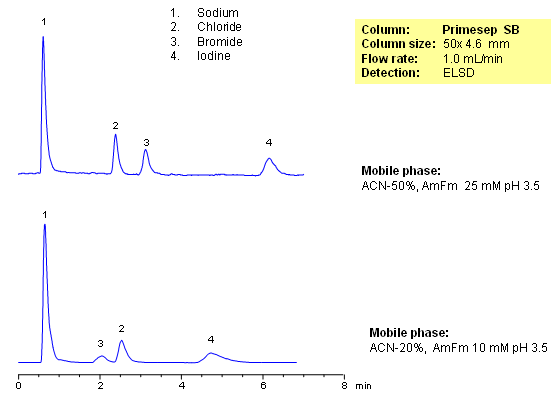
Halide ions are usually analyzed by ion-chromatography with a conductivity detector. Mixed-mode chromatography in combination with ELSD is offering a valuable alternative to ion-chromatography with conductivity detection. Chloride, bromide and iodide were separated on a Primesep SB mixed-mode anion-exchange column. Mobile phase is compatible with ELSD and LC/MS.
| Column | Primesep SB, 4.6×50 mm, 5 µm, 100A |
| Mobile Phase | MeCN/H2O |
| Buffer | AmFm |
| Flow Rate | 1.0 ml/min |
| Detection | ELSD |
| Class of Compounds |
Hydrophilic, Ions |
| Analyzing Compounds | Chloride, Sodium, Bromide, Iodine |
Application Column
Primesep SB
The Primesep family of mixed-mode columns offers a wide variety of stationary phases, boasting unprecedented selectivity in the separation of a broad array of chemical compounds across multiple applications. Corresponding Primesep guard columns, available with all stationary phases, do not require holders. SIELC provides a method development service available to all customers. Inquire about our specially-tailored custom LC-phases for specific separations.
Select optionsChloride
Iodine
Sodium


